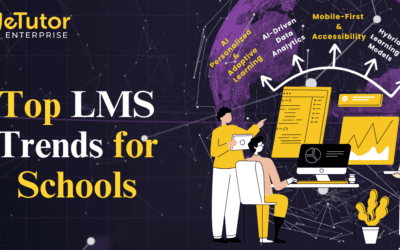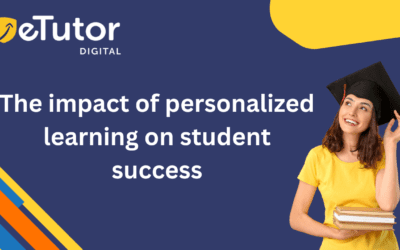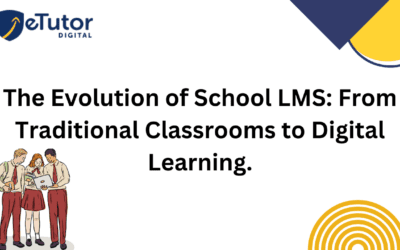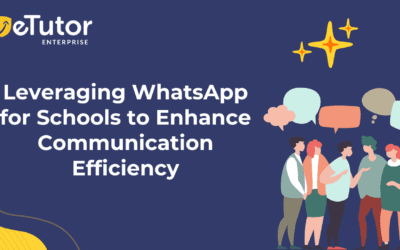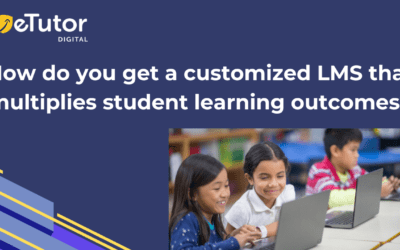Advantages and Disadvantages of Blended Learning | eTutor
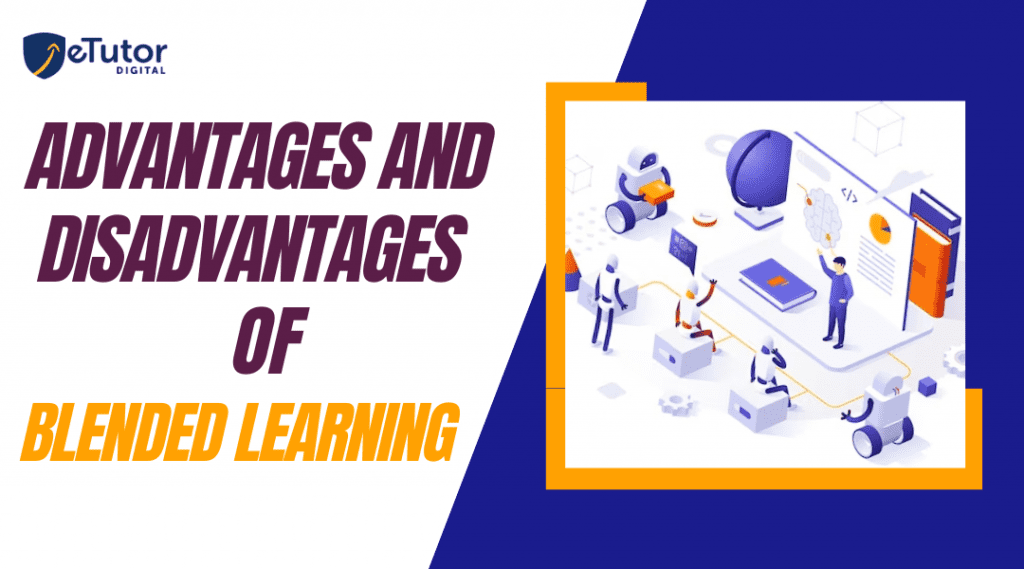
In recent years, blended learning, which blends traditional face-to-face instruction with online learning, has gained popularity. It combines the advantages and disadvantage of blended learning and digital resources to create a flexible and personalized approach to education.
Looking ahead, the blended learning content forecast is poised to change and adapt to changing learner needs and technology advancements.
Here are some important future trends and concerns for blended learning content
Interactive and engaging resources: Advantages and Disadvantages of Blended learning depends on engaging learners with interactive material.
Immersive experiences, such as virtual reality (VR) and augmented reality (AR), will be integrated into blended learning content as technology progresses.
These technologies will allow students to study complicated subjects in a more dynamic and interesting manner, simulate real-world situations, and increase their comprehension.
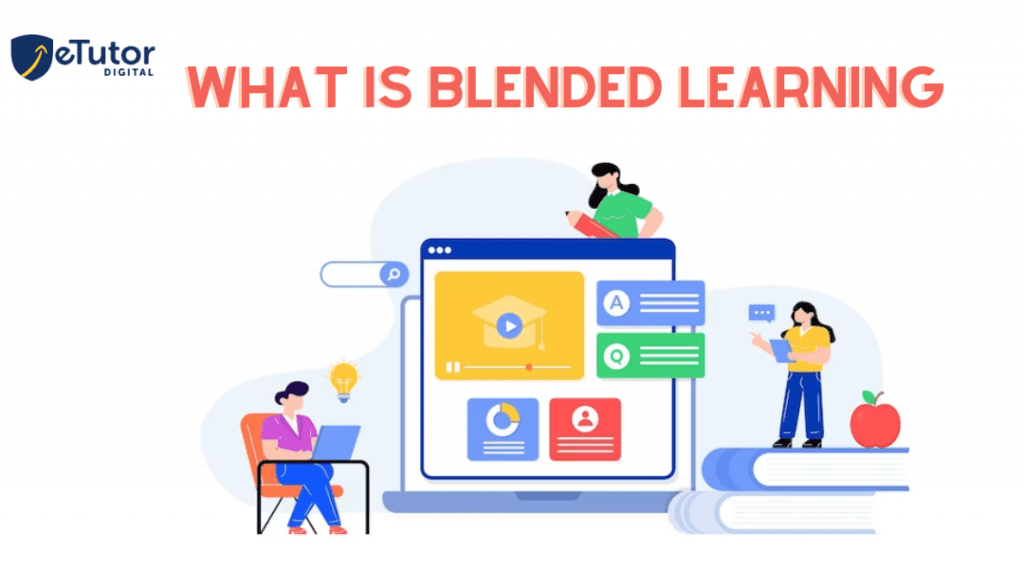
Microlearning and Bite-sized information: As the demand for flexible learning alternatives grows, microlearning and bite-sized information will become increasingly important in blended learning.
Short modules, movies, or interactive activities that focus on specific topics or skills are available to learners.
This method provides more flexibility because learners may fit their study into smaller time windows and readily revisit certain subjects as needed.
Shorter and more concentrated content will continue to gain in popularity, making learning more accessible and doable.
Advantages and Disadvantages of Blended Learning encourages the integration of Formal and casual Learning. Blended learning encourages the integration of formal and casual learning experiences.
In the future, we may see a more seamless integration of traditional classroom education with casual learning choices. Learning management systems (LMS) and social media platforms will be used to encourage informal learning through the sharing of resources, peer feedback, and access to external content.
A combination of formal and informal learning will result in a well-rounded educational experience.
Mobile Learning and Accessibility: Mobile devices have become an indispensable part of our lives, and mobile learning will play a significant role in the future of blended learning.
Learning materials and platforms will be tailored for mobile devices, allowing learners to access content while on the go. Learning will be available at any time and from any location thanks to mobile apps, adaptive design, and offline capabilities, making education more inclusive and reaching a wider audience.
Table of Contents
ToggleAdvantages of Blended Learning:
Flexibility and Accessibility
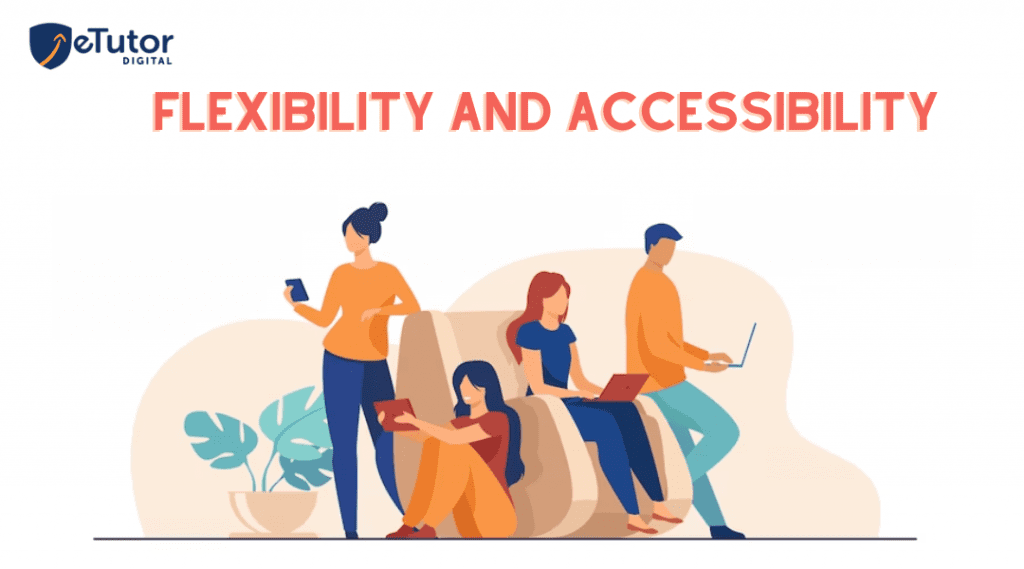
One of the key benefits of blended learning is its adaptability. As long as they have an internet connection, students can access instructional materials and resources at any time and from any location.
This adaptability allows learners to tailor their learning experience to their schedules, making education more accessible to a broader range of people, including working professionals and those with other obligations.
Personalised Learning Environment:
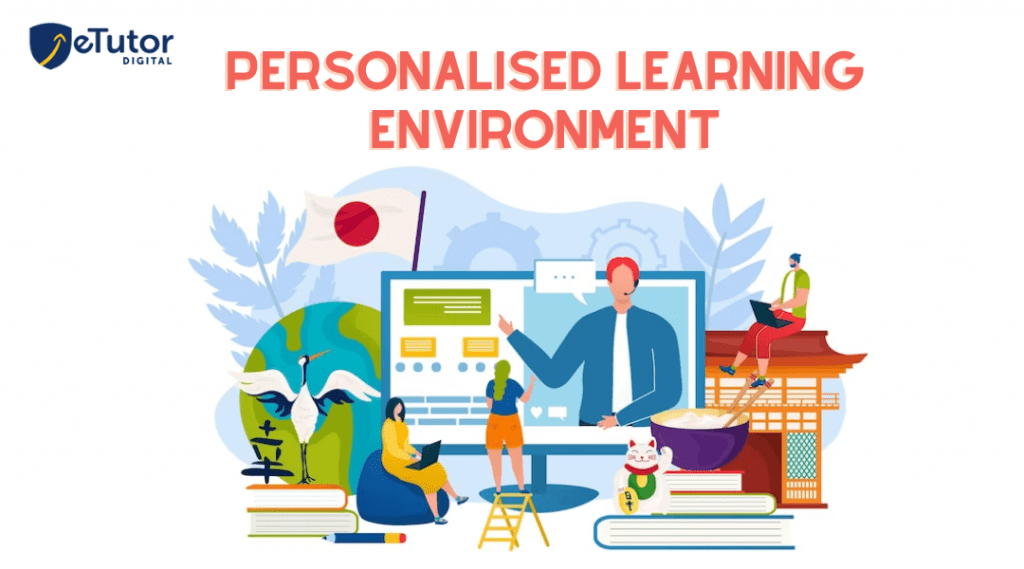
Blended learning enables instructors to tailor instruction to the needs of individual pupils. Personalised learning is enabled via online platforms, which allow students to work at their own pace and repeat subjects as needed.
Adaptive learning systems may track student progress and deliver tailored interventions, ensuring that each student gets the help they need.
Disadvantages of Blended Learning:
Technological Challenges:
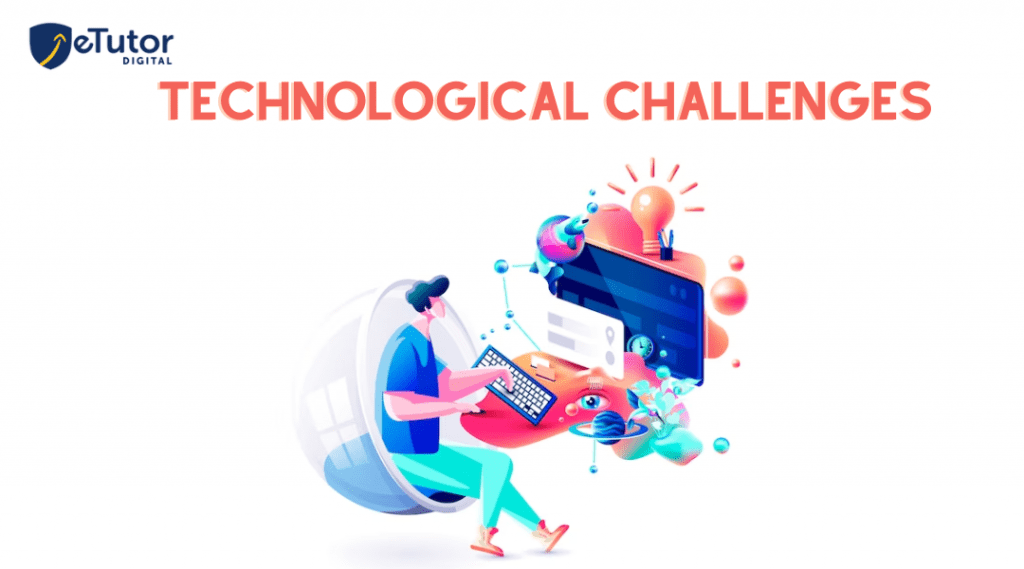
The reliance on technology is one of the most significant barriers to blended learning. There is a digital divide since not all students or educational institutions have equal access to dependable internet connections and appropriate technology.
Connectivity troubles or software faults, for example, might disrupt the learning experience and limit student progress.
Differentiating Blended Learning from Traditional Classroom Instruction and Online Learning
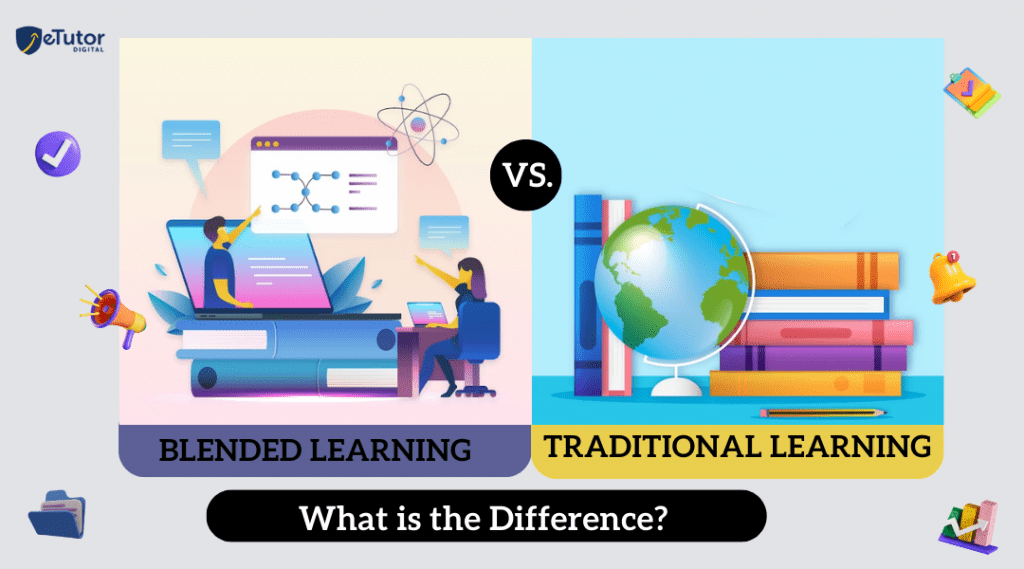
In recent years, blended learning has grown in favour as an effective educational technique that blends the best of traditional classroom instruction and online learning.
While both traditional classroom education and online learning have advantages, combining them produces a dynamic and engaging learning environment that can improve student outcomes.
1) Traditional Classroom Instruction:
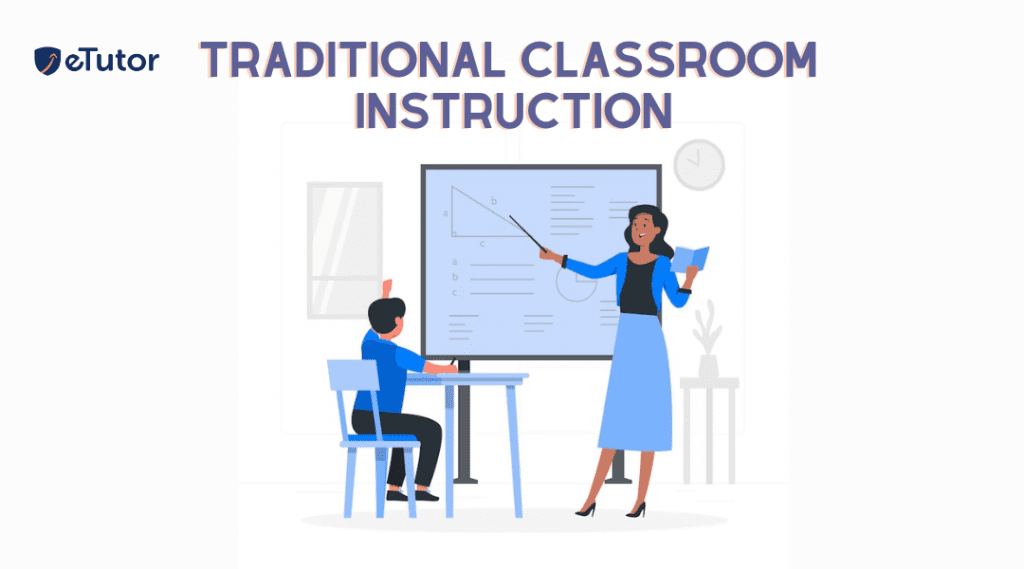
For generations, traditional classroom instruction has been the primary style of education. A teacher often delivers lessons to a group of students in a physical classroom setting.
Here are some of the ways blended learning differs from regular classroom instruction:
a) Date and Location:
Traditional schools limit students’ learning to a specific time and location. During teaching periods, students must be present in the classroom. By mixing online components, blended learning offers for time and location flexibility.
Students can access learning materials and participate in activities outside of the actual classroom at their own pace and convenience.
b) Teacher-Centered vs. Student-Centered education:
Traditional classroom education is usually teacher-centered, with the teacher providing content and controlling the pace of instruction. Blended learning shifts the emphasis to a student-centered approach, giving students more control over their education.
With online tools and individualised learning paths, students may engage with content at their own level and improve accordingly.
c) Learning Resources and Interactivity:
Traditional classroom learning relies heavily on textbooks, lectures, and in-person interactions. Blended learning makes use of digital tools and multimedia materials to promote interactivity and engagement.
Students can use a variety of internet resources to increase their grasp of subjects and promote active learning, such as interactive simulations, films, and collaborative platforms.
2) Online Learning
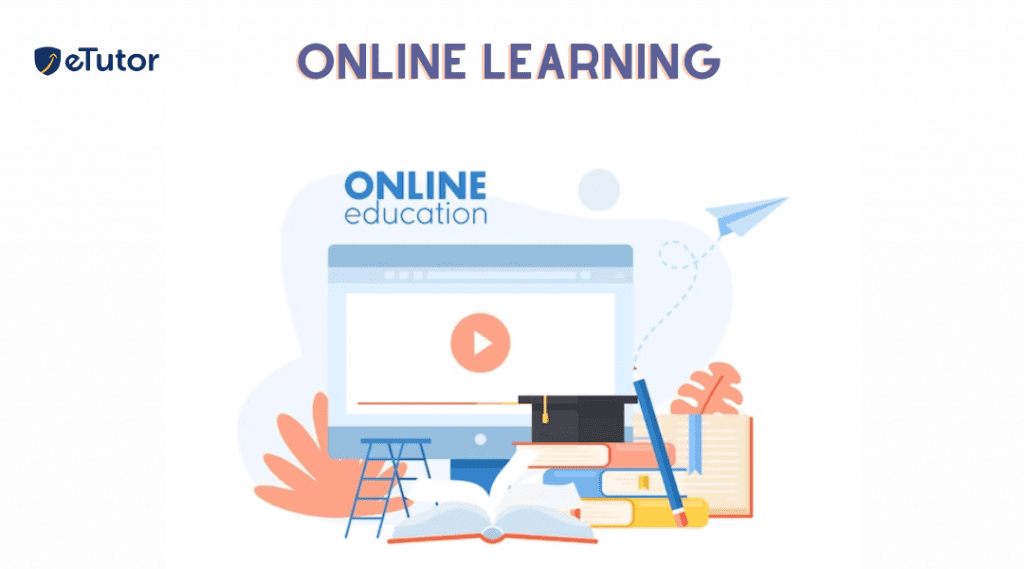
Due to technological improvements, online learning, also known as e-learning or distance education, has gained traction in recent years. It offers a versatile and accessible learning environment, although it varies from blended learning in key ways:
a) Mode of Instruction:
Online learning is given entirely through digital platforms, allowing students to access learning materials and complete assignments from any location. In contrast, blended learning combines online components with face-to-face teaching in a physical classroom setting.
The combination of online and in-person interactions leads in a well-rounded learning experience that takes use of both modes.
b) Human Interaction:
The level of human interaction is a fundamental differentiation between online learning and blended learning. Real-time, face-to-face interactions with peers and instructors are frequently lacking in online learning.
Blended learning combines in-person education with online interactions, allowing for meaningful social interactions and collaborative learning experiences.
This is particularly valuable in subjects that benefit from discussion and hands-on practice — for instance, working with a private maths tutor can offer personalized, face-to-face instruction alongside online exercises to reinforce understanding. Such hybrid support fosters greater confidence and academic growth.
c) Flexibility and Personalization:
Online learning allows students to learn at their own pace and on their own schedule. However, it may lack the customization and adaptability that blended learning provides.
Blended learning combines online materials with direct teacher guidance to provide personalized learning paths, adaptive assessments, and individualized support.
Conclusion
To summarize, the future of Advantage and disadvantage of blended learning content will be extremely interactive, personalized, collaborative, and adaptable. Technological advancements will enable the creation of unique tools and platforms that will improve the learning experience.
Advantage and disadvantage of Blended learning will continue to expand and adapt to meet the different requirements of learners in the coming years by using the capabilities of face-to-face instruction and online resources.
Recent Posts
- eTutor Offline Exam Software for IIT-JEE, NEET, and Foundation with Student Performance Analytics
- NEET Test Generator for Academies & K-12 Schools
- How School ERP Software Maximizes Productivity and Minimizes Cost
- How Does ERP Software for Schools Help Educators?
- Why Educational Institutions Need Online Exam Software in 2025


